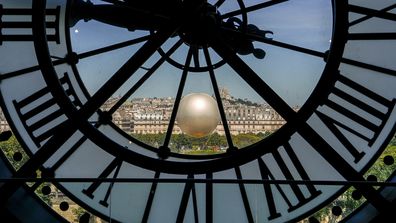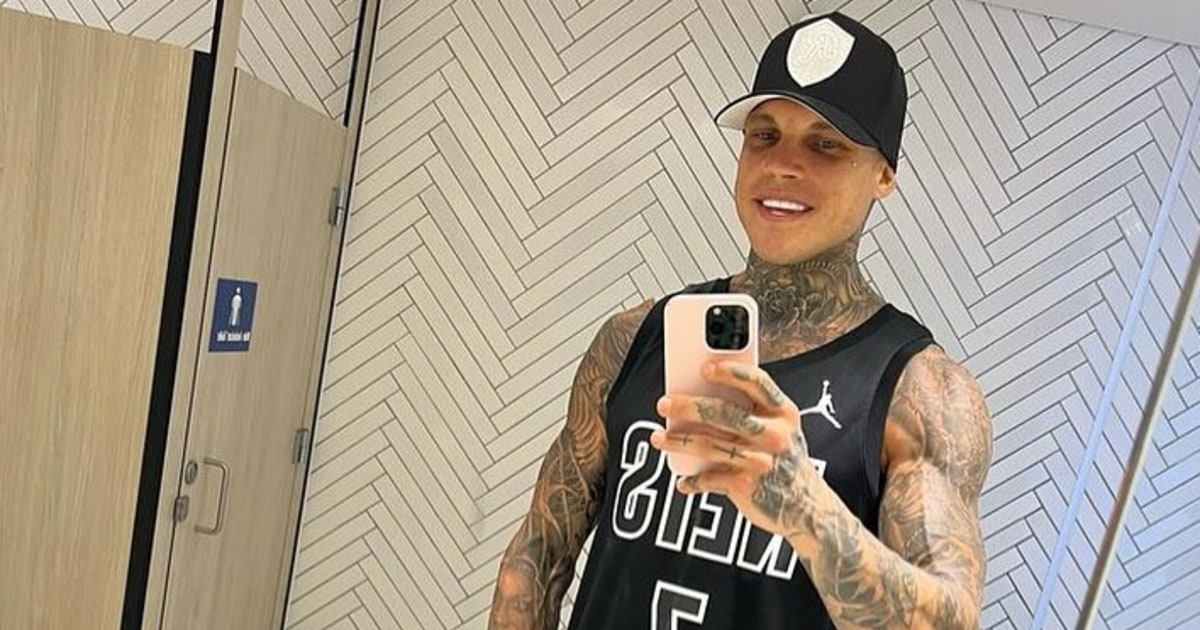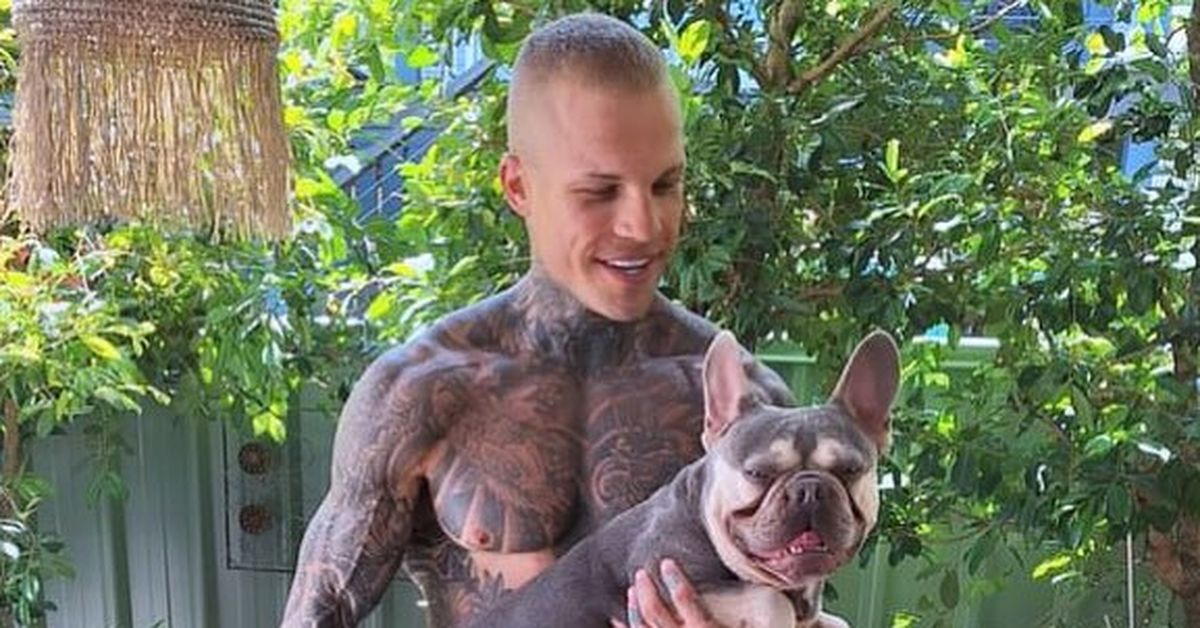Poor student fitness levels risk making Australia a ‘nation of spectators’

- by Admin
- September 3, 2024

On today’s National Health and Physical Education (HPE) Day in schools, one expert is warning activity levels of many students remain concerningly low.
“There’s a lot of hype about physical activity levels … but really the evidence is anything but convincing in terms of getting kids out and moving,” Professor David Lubans, of Newcastle University in New South Wales, told 9news.com.au.
At the moment about 20 per cent of Australian school students are meeting physical activity levels, but decreases significantly in the older adolescent years.
While students from kindergarten to year 10 are supposed to receive 150 minutes of physical activity a week, most schools are not reaching that, research shows.
The figures put Australian students among the lowest in the world for physical activity.
In the most recent global study of student activity levels from 2021, Australia ranked 140th out of 146 countries.
“We don’t fare well, we’re a pretty good nation of spectators,” said Lubans.
“We like to tell ourselves that the Olympics inspire our kids to go out and be active but to be honest … there are so many attractive sedentary alternatives for young people – such as devices.”
Lubans says the key to encouraging children to become more physically active wrests with parents, teachers and community sports clubs.
“They are the real gatekeepers to young people’s activity in the school, home and community sport … and that really dictates whether they stay in that sport over time.”
One remedy to the low physical activity levels of students would be more specialist sport teachers in primary schools, says Lubans.
“The best situation is where we have specialist primary school physical education teachers … in schools where they exist the quality and quantity of activity is much greater.”
The Latest News
-
November 23, 2024Kangaroos march into AFLW grand final with crushing win over Port
-
November 23, 2024‘Bragging rights’: Giddey DENIES Daniels dunk, makes statement in Aussies’ physical clash
-
November 23, 2024Smith fires, Herbert in LIV mode as Aussie PGA heats up
-
November 23, 2024Georgia Voll bolts into Aussie squad as Healy replacement | cricket.com.au
-
November 23, 2024‘My story’s still not done’: Joel Dahmen drains ticklish putt to make cut at RSM, keeps hopes alive of retaining tour card – Australian Golf Digest






